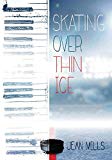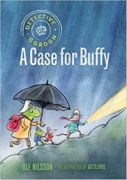
Life is becoming dangerous for the Jews of Krakow in 1936 with incidents of violence and persecution increasing day by day. Twelve-year-old Anna begs her father to leave Poland, but he is reluctant to give up his position as an acclaimed clarinetist in the Krakow Philharmonic Orchestra. After barely escaping from an attack by a group of violent thugs, it becomes clear that the family must leave. Anna’s father auditions for the famous Bronislaw Huberman, a world renowned violinist, who is searching for Jewish musicians to play in a new orchestra in Palestine. This poignant story is based on real events in pre-war Poland and Palestine. After saving 700 Jews and their families, Bronislaw Huberman went on to establish what later became the Israel Philharmonic Orchestra.









